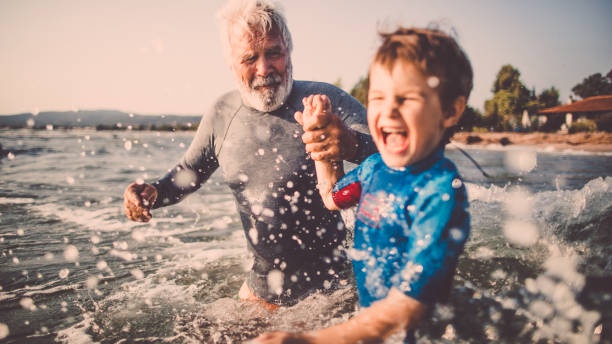Do you want to know how to animate a picture? If so, you’ve come to the right place! Animating a picture can be a great way to create an interesting and eye-catching image, but it can seem intimidating if you don’t know where to start. Fortunately, animating a picture isn’t as hard as it may seem, and can be accomplished in just five simple steps. In this blog post, we will walk you through each of the steps involved in how to animate a picture.
Step One: The Basics
If you’re wondering how to animate photos, the first thing you should do is get familiar with the basics of animation. Animation involves taking still images and making them move by adding transitions, sound effects, and other special effects. It’s a great way to create unique and eye-catching visuals. The most common types of animation used in photography are stop motion animation, time-lapse animation, and rot scoping. Stop motion animation is the process of taking multiple still frames of a scene and stitching them together to create a film. Time-lapse animation captures multiple frames of a scene over a period of time and compresses them into a single video clip. Lastly, rot scoping is a technique where you trace an existing video frame by frame to create a new animation.
No matter which type of animation you choose,
It’s important to understand how all the elements come together to create your desired outcome. Familiarize yourself with the principles of animation and how they apply to your project. This will ensure that your animations are smooth, professional, and visually appealing.
Step Two: Choose Your Animation Style
Choosing the right animation style for your project is essential to getting the desired look and feel. Before you begin, it’s important to consider the audience, purpose, and overall goal of the animation. Are you creating a short animated film for children or a professional video for a corporate client? Different animation styles require different amounts of time and skill level. For those just starting out, a simple hand-drawn look is always a great place to start. This traditional style requires nothing more than a pen and paper. Start by sketching out each scene you’ll be animating. You can then scan or photograph the drawings and create an animation with them.
If you’re looking for something more complex and polished,
You may want to consider vector animation. With vector animation, you can create sharp, clean animations with graphic design software such as Adobe Illustrator. For example, you can use this software to draw and animate characters, objects, and backgrounds. You may also want to explore digital photography animation. This type of animation uses photographs as the source material. With the right software, you can transform still images into animated sequences. By combining still photos with digital effects, you can create unique and dynamic animations. No matter which animation style you choose, understanding how to animate photos is the key to creating a successful animation. Whether you’re using hand-drawn images or digital effects, mastering the basics will help bring your project to life!
Create a Storyboard
Once you have chosen an animation style and have a clear understanding of how to animate photos, the next step is to create a storyboard. A storyboard is a visual outline of the sequence of events in your animation. It can help you keep track of which elements come before and after one another, as well as which visuals are associated with each event. To create a storyboard, sketch out each frame on paper or create a digital version using an image editing software. For each frame, add notes about what will happen during that scene. This will make it easier to figure out how long your animation will take and what kind of audio and visual affects you need. Once you have your storyboard completed, you can move onto the next step and start adding audio and visual effects to your animation.
Add Audio and Visual Effects
Adding audio and visual effects is an important part of how to animate photos. Audio can really bring your animation to life, giving it a unique and creative feel. You can add background music or sound effects that correspond with the action. You can also create special effects such as sparks, smoke, or light flashes. If you’re using drawing-based animation software like Adobe Animate or Toon Boom Studio, you can use special brushes to make your animation more lively and dynamic. These brush tools allow you to add texture, shadows, and highlights to your drawings. You can also create complex movement, like bouncing objects, or shaking buildings.


No comments yet